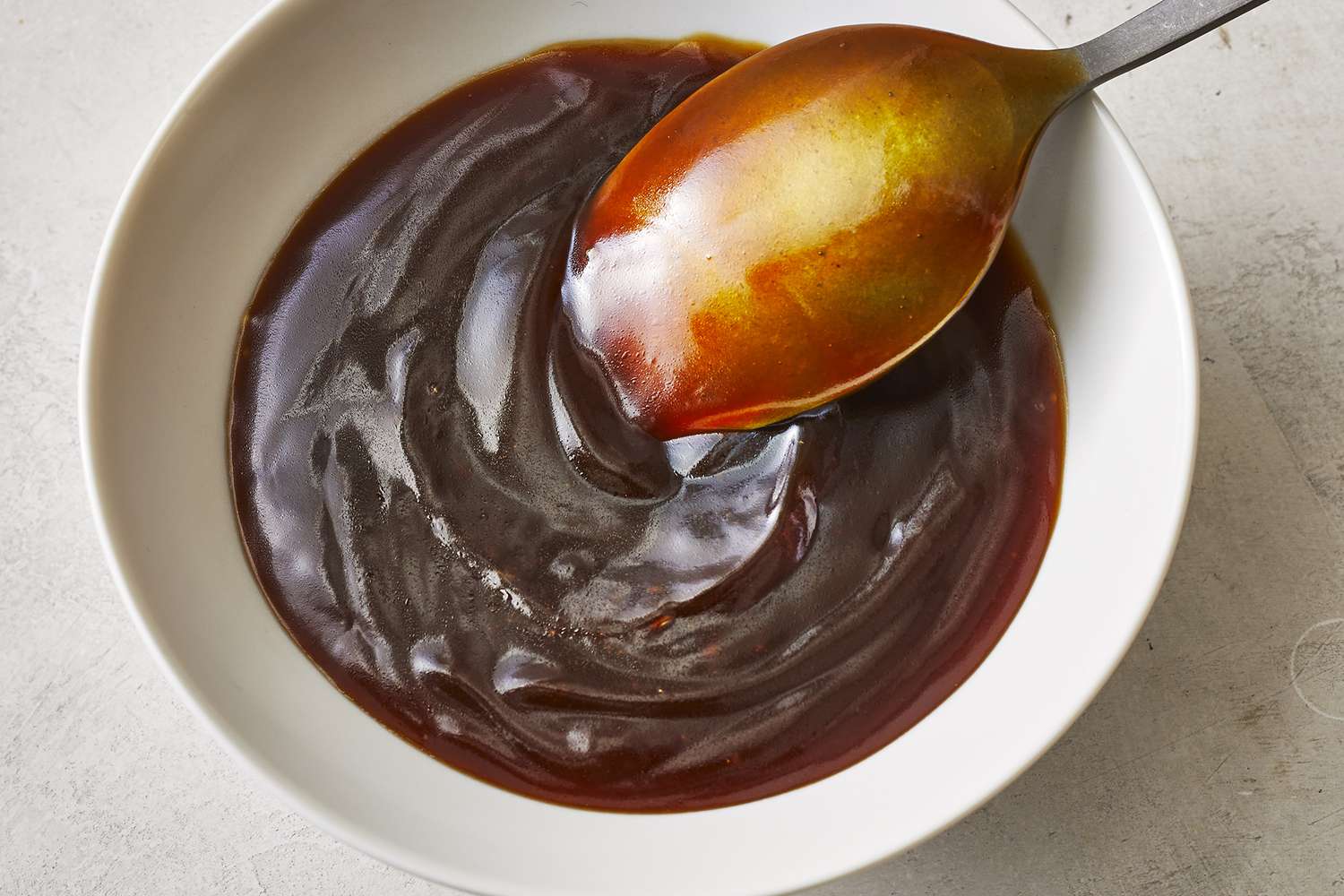Introduction:
Teriyaki sauce, a beloved hallmark of Japanese cuisine, entices taste buds with its harmonious blend of sweet and savory flavors. Originating in Japan centuries ago, this iconic sauce has transcended borders, captivating global palates with its irresistible allure. Crafted from a harmonious marriage of soy sauce, mirin, sugar, and aromatics, teriyaki sauce embodies the artful balance that defines Japanese culinary finesse.
Historical Roots and Evolution:
The roots of teriyaki sauce can be traced back to the Edo period in Japan, where “teri” referred to the lustrous sheen imparted by the sauce’s glaze, while “yaki” denoted the cooking method of grilling or broiling. Initially used as a basting sauce for fish, the traditional teriyaki sauce comprised soy sauce, mirin (a sweet rice wine), and sugar, delivering a glossy finish and enhancing the flavors of grilled seafood.
Over time, teriyaki sauce evolved, adapting to changing tastes and preferences. Its popularity soared globally, leading to variations that incorporated ingredients like sake, ginger, garlic, or sesame oil, enriching its complexity and depth of flavor. This evolution embraced the essence of teriyaki while embracing regional influences, transforming it into a versatile culinary delight.
Ingredients and Artful Preparation:
Teriyaki sauce derives its distinctive character from a handful of essential ingredients meticulously balanced to achieve its signature taste. Soy sauce, the foundational element, imbues the sauce with its umami-rich depth, while mirin contributes a subtle sweetness and glossy texture. Sugar, typically in the form of granulated or brown sugar, acts as the sweet counterpoint, caramelizing during cooking to impart a luscious glaze.
To create this delectable sauce, combine soy sauce, mirin, and sugar in a saucepan over low heat, stirring gently to dissolve the sugar. The mixture simmers and reduces to achieve a syrupy consistency, intensifying its flavors. Optional aromatics like grated ginger or minced garlic may be added, infusing the sauce with their fragrant essence, elevating its complexity.
Thickening agents such as cornstarch slurry may be incorporated to achieve the desired viscosity, allowing the sauce to cling enticingly to meats or vegetables. Once the sauce reaches the perfect balance of sweet and savory, it is strained to achieve a smooth, velvety texture, ready to grace an array of culinary creations.
Versatility in Culinary Delights:
Teriyaki sauce’s versatility extends far beyond its traditional application as a glaze for grilled fish. Its luscious, umami-rich profile makes it an ideal marinade for meats, imparting depth and succulence to poultry, beef, or pork. Whether used for stir-frying, baking, or grilling, teriyaki sauce elevates dishes to new heights, enveloping each morsel with its captivating flavors.
It serves as a delectable glaze for salmon or tuna steaks, enhancing their natural succulence and imparting a tantalizing caramelized exterior. Teriyaki chicken, a globally beloved dish, showcases the sauce’s ability to transform humble ingredients into a culinary delight, often paired with rice or nestled in a bento box.
Teriyaki sauce finds its place in vegetarian cuisine as well, lending its savory-sweet allure to tofu, tempeh, or grilled vegetables. Its versatility extends to noodle dishes, salads, and even as a dipping sauce for gyoza or spring rolls, adding a burst of flavor to every bite.
Conclusion:
Teriyaki sauce, with its centuries-old heritage and global acclaim, epitomizes the artful fusion of sweet and savory flavors in Japanese cuisine. Its evolution from a traditional fish glaze to a versatile culinary staple illustrates the adaptability and enduring appeal of this iconic sauce.
The meticulous balance of soy sauce, mirin, sugar, and aromatics in teriyaki sauce captures the essence of Japanese culinary finesse. Its ability to transform ordinary ingredients into extraordinary dishes highlights its universal appeal, making it a cherished condiment that transcends cultural boundaries—a testament to the enduring allure of balanced, nuanced flavors in the culinary world.




